Cliff Evans - The Road to Mount Weather (2006)
Sunday, March 30, 2008
Download this at KaraGarga.
Shown in 2006 at Location One in New York City. Mostly, this video shows you two of the three screens. Sorry about the columns, but the space was a lousy one for the display of this piece.
From the Location One press release:
This three-channel moving image installation (15 minute loop) is a personal artifice assembled from ideas and images found across the socio-environment of the Internet. Its form is reminiscent of historic epics as represented in cinema and in grand panoramic paintings, while also mimicking the ubiquitous technology used for website banner advertisements.
The show is curated by Pieranna Cavalchini, Curator of Contemporary Art at the Isabella Stewart Gardner Museum. In the catalogue that accompanies the show she writes: “It is a panoramic triptych that maps the condition of the American adolescent psyche through myriad scavenged images and a carefully calibrated soundtrack. The artist has roamed the Internet examining anxieties, phobias and obsessions, searching out subjects that often preoccupy internet surfers: conspiracy theories and surveillance.”
The Road to Mount Weather is an open animation, susceptible to hugely varied critical perspectives and interpretations. It shakes us out of our complacency. In a mock epic journey through capitalist Hell, Evans creates a baffling cascade of imagery coded in complex syntax. The large swath of information is presented in a loop shown at a slow and melodious pace. With each repeated viewing, the viewer becomes more intrigued, less complacent, finding new associations and symbols, and questioning the final meaning of the narrative.
Evans is one of a number of artists who have mined the form and content of appropriation and photomontage in their work. Among his notable predecessors are Georges Braque and the Dadaists. Images are treated almost like found objects, obtained from the vast reference library that is today’s Internet. They are cut up and scrambled, scene after scene, with deliberate order and disquieting disorder ultimately finding a perfect fit in the puzzle.
Evans reflects on America’s complex geopolitical situation and its impact on mainstream news where fear is a constant. [His] ever-expansive investigation is matched by an eye for detail as well as an ability to find humorous prank subtexts...
Cliff Evans was born in Darkwood, Australia and moved to Texas when he was three. He graduated from the Museum School, Boston in 2002 and returned a year later to the Museum School for the competitive Fifth Year Program, winning the prestigious traveling scholarship from the Medici Society. Since then he has lived in New York and New Orleans. Currently he resides in Fort Green, Brooklyn.
Evans’s work has been shown at the Museum of Fine Arts Boston, the Brickbottom Gallery, the Judi Rotenberg Gallery, and the Museum School in Boston, the Maryland Art Place in Baltimore, and the Creative Research Lab in Austin, Texas.
Interview with Evans: link.




Download this at KaraGarga.
at 12:00 PM
Harun Farocki - Ein Bild AKA The Image (1983)
Thursday, March 27, 2008
Download this at KaraGarga(full dvd/dvd rip).
From his work in the fiction mode to documentary to installation, German filmmaker Harun Farocki (VIDEOGRAMS OF A REVOLUTION) has consistently explored ideas of language, ideology, perception, and contemporary audio-visual culture. In AN IMAGE (EIN BILD) he chronicles the process of shooting a Playboy centerfold photo. Shot in four days at Playboy’s photography studio in Munich, the film begins with the building of the set and follows through to the dismantling of the set at the end of the job. Farocki includes all phases of the photo shoot and shows the participation of the many people involved in making one photo. Though the Playboy photographer instructs the model to "give us your usual saucy look," Farocki strips the glamour and allure from the subject by focusing on the labor and orchestration behind it.




Download this at KaraGarga(full dvd/dvd rip).
at 10:04 AM
Joan Jonas - Mirage (1976)
Download this at KaraGarga.
Mirage
Joan Jonas
1976, 31 min, b&w, silent, 16 mm film on video
Writes Jonas: "For Mirage I made a film of drawing, again and again, images on a blackboard, and then erasing them. Reading the essays collected in Spiritual Disciplines, I got another idea to use drawings, also in Mirage, which I called 'Endless Drawings' after those described in the Melukean Book of the Dead, the tribal ritual book of New Guinea. There it says that in order to go from one world to the next you must finish a drawing in sand which an old lady, the devouring witch, begins at the boundary between life and death."





 Download this at KaraGarga.
Download this at KaraGarga.
at 10:00 AM
bpNichol - First Screening: Computer Poems (1984)
Wednesday, March 26, 2008
Download this at KaraGarga.
In 1983 and 1984, bpNichol used an Apple IIe computer and the Apple BASIC programming language to create First Screening, a suite of a dozen programmed, kinetic poems. He distributed First Screening through Underwhich, an imprint he started in 1979 with a small group of poets. The Underwhich edition of First Screening consisted of 100 numbered and signed copies distributed on 5.25" floppies along with printed matter.
First Screening is some of the earliest programmed, kinetic poetry.

 Download this at KaraGarga.
Download this at KaraGarga.
at 5:36 PM
Vito Acconci - Willoughby Sharp Videoviews Vito Acconci (1973)
Download this at KaraGarga.
Wonderful early interview with performance artist Vito Acconci from 1973 during the height of his importance as a performance artist (ie., before he began moving into sculpture and, eventually, architecture.) Video quality is poor - there's an interference line running though the picture for muc of this, but the expressions and the all-important audio are fine. Acconci is captivating as always. Lots of smoking and drinking in this informal session. A must for Acconci fans and those interested in this vital moment in the transformation of contemporary art.



 Download this at KaraGarga.
Download this at KaraGarga.
at 10:23 AM
Alex Bag - Untitled Fall '95 (1995)
Tuesday, March 25, 2008
Download this at KaraGarga.
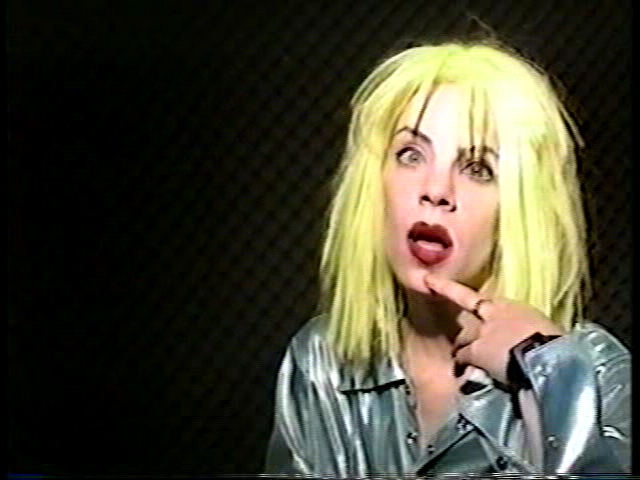
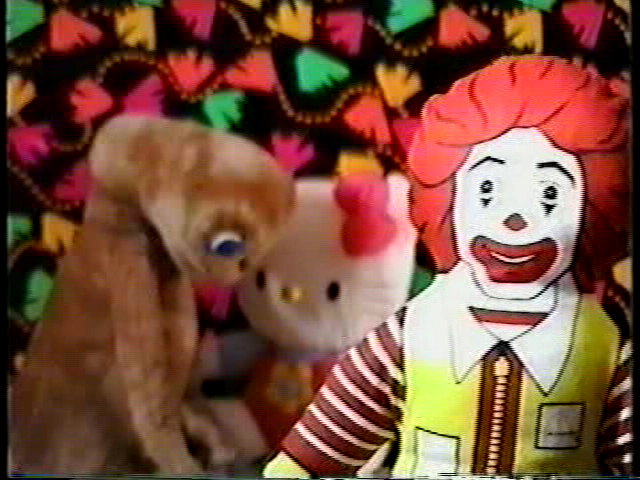
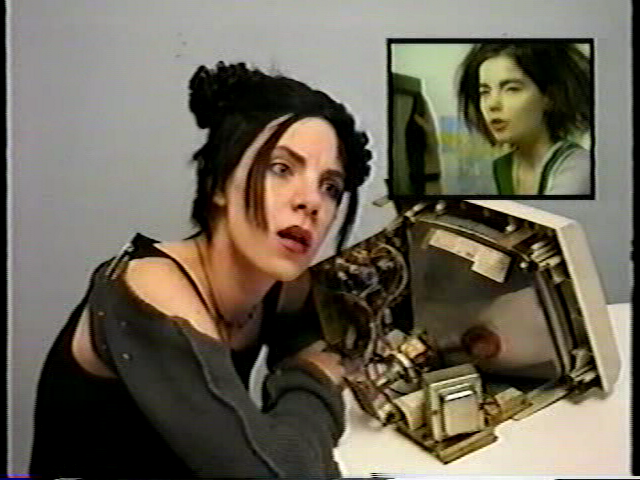
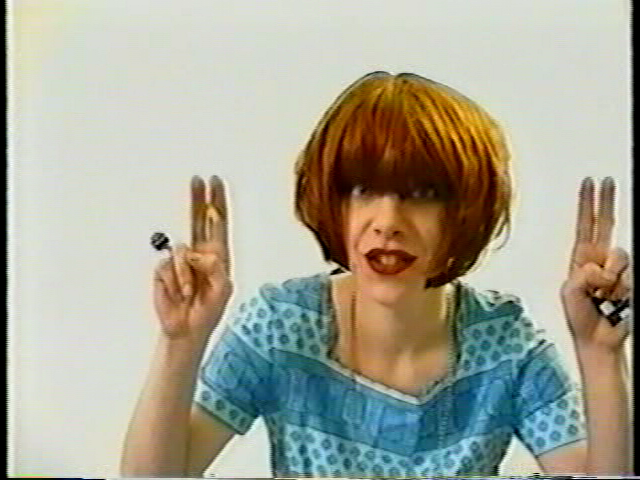
In Untitled Fall '95, Bag, at the time an art student, "plays" Bag the art student. In a series of deadpan performances, Bag gathers fragments of pop detritus, fashioning a thoroughly mediated document that is at once a celebration and a record of loss. With the narrative inevitability of a TV serial, the eight diaristic segments trace a woman's struggle to make sense of her experience at art school. As each installment marks the start of a new semester, Bag's character addresses the camera with her latest observations and frustrations.
Interspersed between these confessions are eight set-pieces, in which Bag performs scenes from the background noise of her imagination: a pretentious visiting artist, London shop-girls discussing their punk band, a Ronald MacDonald puppet attempting to pick up a Hello Kitty doll, the singer Bjork explaining how television works. These surreal episodes sketch out what Bag sees as the simultaneous attraction and repulsion of contemporary youth culture, and teeter on the divide between parody and complicity.
What emerges is a picture of anxiety, boredom, and ambivalence. As Bag despairs at one point, her culture is being sold back to her. However, popular culture, enmeshed with fashion, music, and the art world, necessarily depends on the machinations of capitalism. How does one mount a successful critique, when irony, satire and subversion have been enshrined by advertising and the popular imagination?
Download this at KaraGarga.
at 8:35 PM
Omer Fast - Omer Fast: Demo Disk, Extracts from four videos (2001 - 2003)
Download this at KaraGarga.
A Tank Translated (excerpts) 2002
CNN Concatenated 2002
T3 - Aeon 2001
Spielberg's List 2003
From WHITNEY BIENNIAL
Born 1972 in Jerusalem, Israel; lives in Berlin, Germany
Omer Fast works with film, video, and television footage to examine how individuals and histories interact with each other in narrative. He mixes sound and image into stories that often veer between the personal and the media’s account of current events and history.
For Spielberg’s List (2003), a 65-minute, twochannel color video installation, the artist visited Cracow, the Polish city that served as the setting for Steven Spielberg’s film Schindler’s List (1993), and interviewed Poles who worked as extras in the film. Their memories are presented as the dry, authentic accounts of a historical event—in most cases, the 1990s Hollywood production, but in some cases the 1940s German occupation. The artist juxtaposes these accounts with shots of the surviving film set, built near the remains of the actual German labor camp and never fully dismantled. Much like the two sites, which appear increasingly indistinguishable with the passage of time, the work reveals the production of history through the merger of recreation and relic.
In Godville (2005), a 51-minute, two-channel color video, historical reenactors at the Colonial Williamsburg living-history museum in Virginia describe their eighteenth-century characters’ lives and their personal lives in ways that seem interchangeable. Fast splices the reenacted and real biographies together, often word-byword, into a rambling narrative that is as aurally fluent as it is temporally dissonant. The work tells the story of a town in America whose residents are unmoored, floating somewhere between the past and the present, between revolution and reenactment, between fiction and life.
Fast’s recent work The Casting (2007), a shorter four-channel video projection, addresses current events. A U.S. Army sergeant recounts two incidents: a romantic liaison with a young German woman who mutilates herself and the accidental shooting of an Iraqi. The two tales are seamlessly woven together into a script that was given to actors to perform in silent tableaux. While the actors try hard to keep still, the narrator’s recollections slip between setting and story, trying to find relief if not redemption in the act of recalling. JASON EDWARD KAUFMAN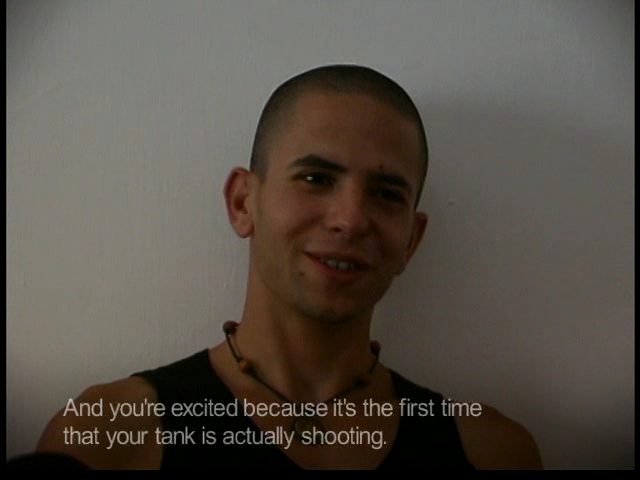
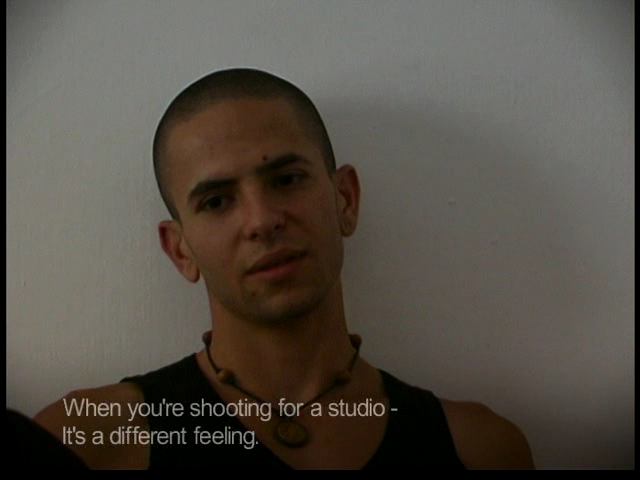
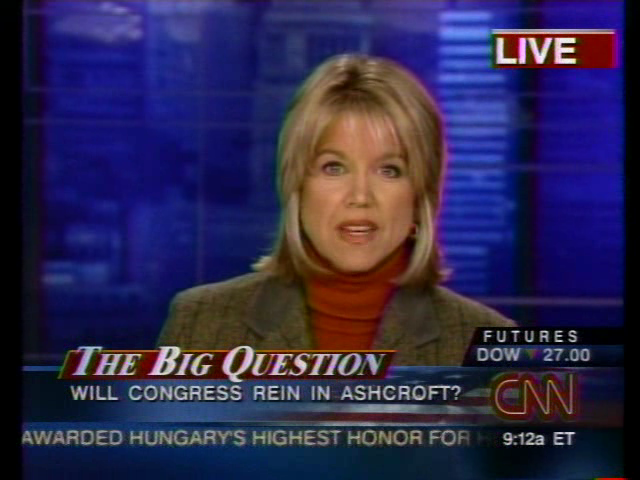
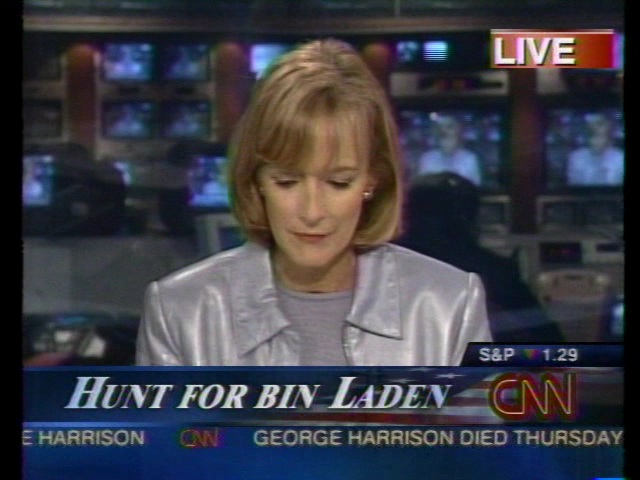
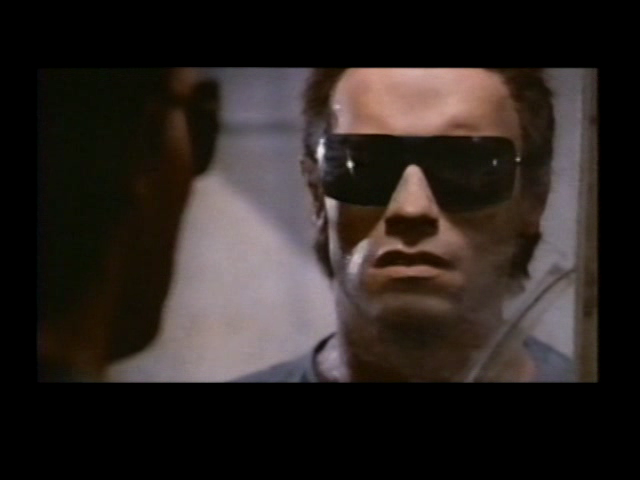
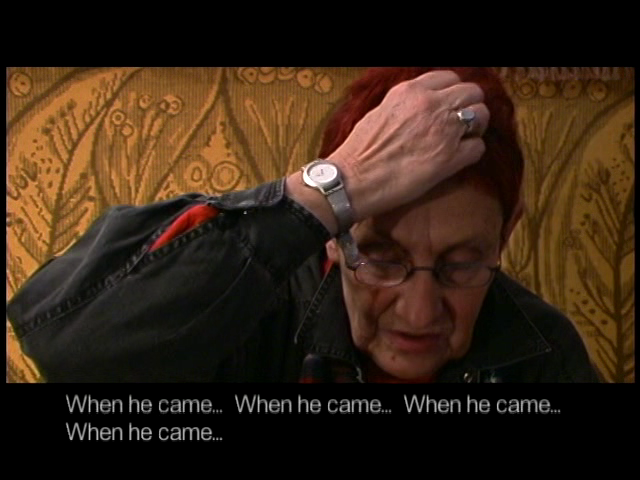

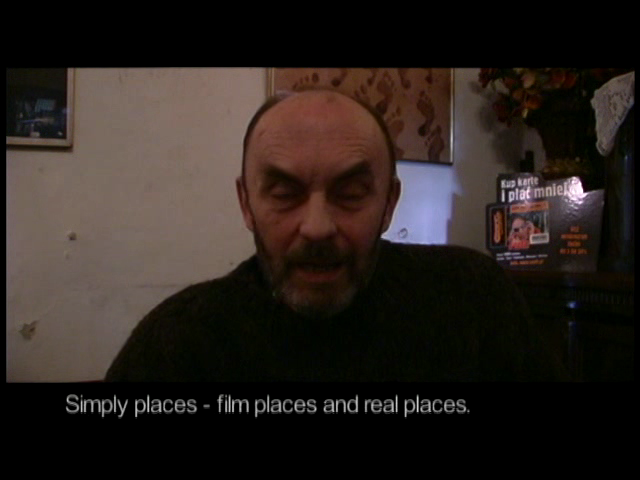
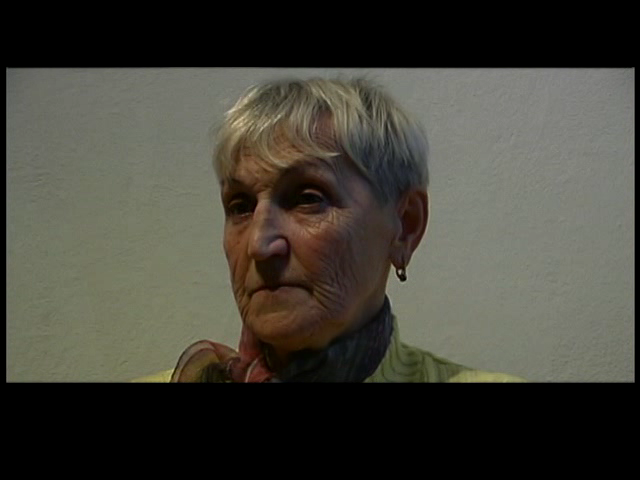 Openings: Omer Fast - showings of video installations by Omer Fast - Critical Essay
Openings: Omer Fast - showings of video installations by Omer Fast - Critical Essay
Jennifer Allen
Omer Fast really knows how to wreck a movie. His video installations--which may take their cue, if not their footage, from Hollywood fare--tend to unsettle the elements that make moving pictures move, from the sound to the subtitles. For an early intervention, T3-AEON, 2000, Fast smuggled his own tales into the sound track of The Terminator (1984) and returned the tainted videos to rental stores around New York. As the Terminator pulls the trigger on a victim, a male voice-over suddenly interrupts the scene with a recollection of being disciplined as a child by his father: "He slapped me. And then he slapped me again and again." While transforming the blockbuster film into a public archive for private memories, the parasitic narrative frustrates both the hero's actions and the viewer's pleasure.
"I try to resist catharsis in film," says Fast, whom many will remember from the 2002 Whitney Biennial as the sound-effects man in the two-channel video installation Glendive Foley, 2000. "Catharsis involves a kind of movie-house communion where the individual melds into the mass." The American-Israeli artist, who moved between the two countries before completing his MFA at Hunter College, CUNY, seems to set his own experience of dislocation against the unifying power of the screen. In Fast's work, there is no simple identification with a story on a screen, let alone a place, language, or culture. Indeed, Glendive Foley presents a tour through Glendive, Montana, on one monitor and, on the other, the artist frantically trying to mimic the language of the land--not English but a polyphony of suburban sounds, from bugs to lawnmowers.
A Tank Translated, 2002, which was shown this spring at the Frankfurter Kunstverein, the Witte de With in Rotterdam, and Postmasters, New York, disrupts the process of identification with faulty translations. Returning to his native Jerusalem, Fast interviewed Israelis who did their military service together in a tank. The commander, gunner, loader, and driver appear on four separate monitors arranged in the same positions that the soldiers took when operating the tank in the Gaza Strip. As the young men relate their experiences in Hebrew, the English subtitles change, transporting us from the battlefront to innocent scenes of male bravado. As the loader boasts about shooting, the word "shells" in the subtitle is abruptly replaced by the word "stunts," and the army recruit becomes a rising movie star. While effecting a metamorphosis, Fast's stuttering subtitles point to other moments in the Israeli-Palestinian conflict where less conspicuous errors of translation may occur: from the civilian to the soldier, from the occupied territories to the television set, from a war zone to the art world.
Displacement also marks Berlin-Hura, 2002, the video that Fast made after moving from New York to Berlin last year. Delving into family history, the artist interviewed his grandmother, who fled Berlin for Palestine in 1936 to escape the Nazi persecution of the Jews. Her family abandoned its flat in Berlin Mitte for what turned out to be an unusable plot of land in the Negev Desert, occupied by nomadic Bedouin tribes. in addition to filming his grandmother, Fast hired an elderly male actor to tell the same story using her exact words. The work, which was shown at BuroFriedrich in Berlin and &: gb agency in Paris, is remarkably edited over four monitors. As the two echoing narrators move through history and geography, their words are punctuated with contemporary views of places they revive by memory: an empty plot where the apartment once stood in Oranierburgerstrasse, the open desert at Hura, a housing block in Tel Aviv. But it's not clear to the viewer whose memories are based on a lived experience and whose come from a script. Like the land, the story appears to be real, but no one can say who owns it. Fast's multiple layers unsettle the veracity of the documentary genre, but he edits footage in a way that manifests the experience of dispossession: A Berlin tram can be heard before it appears on the screen that the grandmother inhabits--that is, before it takes over her story. With its many moving parts, Berlin-Hura underscores the problems of passing on a cultural heritage for those who have a portable history, whether by force or by choice.
Fast's manipulations may seem heavy-handed. But by frustrating our desire to invest in a story, his disruptions serve as a potent reminder that we are indeed looking. Far from confusing the fake and the real, Fast lends a visibility and a material presence to elements in a film that are typically taken for granted. Thus, his shifting subtitles are not so much falsified as "sculpted" in a way that plays on the optical unconscious. Here, looking is not neutral; every eye is haunted by what it has seen in the past. Watching A Tank Translated, spectators must realign their own sights and thus experience the visual dislocation that the men endure as they tell Fast, in the comfort of their own homes, what they saw as soldiers in Gaza.
The notion of the witness--in its historical weight and complexity--figures predominantly in Fast's most recent work, Spielberg's List, 2003, which debuted at Postmasters last spring. Giving a voice to another silent presence in film, Fast traveled to Krakow and interviewed Polish extras who played Jews and Nazis in Steven Spielberg's 1993 Schindler's List. In the two-channel installation, it becomes clear that the extras witnessed not only the film but also the real atrocity. As Fast combines their testimonies with scenes from the film, the set, and the city, history itself begins to stammer with visual slips of the tongue. A woman describes the "selection" process, at pains to explain why she was picked to play a Jewish prisoner; the street corner where the selection took place becomes a strange historical monument, at once banal and grotesque. An elderly man remembers looking at the work camp on his walks, but we're not sure if it's the real camp, which still exists as a ruin, or the film set, which Spielberg left behind. Again, it's not a question of fakes and reals; rather, the act of looking--whether at a camp or at the movies--creates its own history, accumulative, constitutive, forgetful, repressive. Exploring the cottage industry that serves American tourists who come to see the set, Fast demonstrates that Schindler's List has as much drawing power as the event it portrays. Here, Fast's layers of looking add up to a disturbing conclusion: The gaze can even repress the site of genocide and turn it into something magical, sublime. An extra puts it best. After describing the brutality of the counterfeit camp, she sighs, "These are beautiful scenes for me."
Jennifer Alien is an art writer based in Berlin.
Download this at KaraGarga.
at 10:27 AM
Michael Snow - Breakfast (Table Top Dolly) (1976)
Monday, March 24, 2008
Download this at KaraGarga.
The final film Breakfast (Table Top Dolly) (1972-6, 17 mins) responds to Wavelength - as the forward motion of the camera destroys a crammed breakfast table.
Download this at KaraGarga.
at 3:53 PM
Michael Snow - WVLNT (1967/2003)
Download this at KaraGarga.
(Wavelength For Those Who Don't Have The Time Originally 45 minutes Now 15!! )
a new DVD by Michael Snow.
Wavelength has been acclaimed as a classic of Avant-Garde filmmaking since its appearance in 1967.
In February 2003 Snow created a new work consisting of simultaneities rather than the sequential progressions of the original work. WVLNT is composed of 3 unaltered superimpositions of sound and picture.
Art Metropole, Toronto, Canada.
“WAVELENGTH is without precedent in the purity of its confrontation with the essence of cinema: the relationships between illusion and fact, space and time, subject and object. It is the first post-Warhol, post-Minimal movie; one of the few films to engage those higher conceptual orders which occupy modern painting and sculpture. It has rightly been described as a “triumph of contemplative cinema”
Gene Youngblood, L.A. Free Press, 1968
Michael Snow
«Wavelength»
With his film «Wavelength,» Michael Snow revolutionized the international Avant-garde film scene like no other production. Viewed from its basic concept, this is a purely «formal» film: it consists of a single, 45-minute-long tracking shot through the length of a room, accompanied by slowly-increasing sine tones.[...] As the camera moves forward through the room’s space (when carefully studied the movement is not continuous, but made up of individual passages edited together), one registers the passing of several nights and days. The camera is ultimately moving toward a spot between two windows at the back of the room, where a photograph on the wall shows the unsettled surface of the sea; in the end, the camera comes so close to it that only the waves fill the screen.
The fascination of this film can be explained through the application of the formal principle of the tracking shot, which seems to determine the entire film, with stray elements of reality: people occasionally appear in the frame; the telephone rings; apparently someone is even murdered in this space. Even what one can recognize of the street through the windowpane constitutes a counter-element to a purely «abstract» form.
«Wavelength ranks among those films which force viewers, regardless of how they react, to carefully consider the essence of the medium and, just as unavoidably, reality,» wrote the critic Amos Vogel.
(Source: Ulrich Gregor, Geschichte des Films ab 1960, Reinbek, 1983.)
Download this at KaraGarga.
at 3:51 PM
Michael Snow - digitalSnow (2002)
Download this at KaraGarga.
The opening interface is an excerpt from a sequence in Rameau’s Nephew by Diderot (Thanx to Dennis Young) by Wilma Schoen (1974) - a fifteen-minute sequence from which key frames have been extracted. In showing the tools that Michael Snow uses, the sequence demonstrates a particular dimension of the artist’s work, which incorporates various materials and media. It also explores possible links between perception and different means of transmitting perception, notably language and technology (in this instance cinema and photography). The objects placed on this table, continually moved by the artist, will act as gateways into the database of the artist’s work and, depending on the grouping, will take you to different sections of the DVD.
Sections and elements of the DVD:
* 4800 entries in the database
* 799 documented works
* 60 film or video excerpts
* 57 texts on the artist
* More than 40 soundtracks: sound pieces, jam sessions from Snow and the CCMC
* 6 main interfaces
* Texts from the artist
* Notes and drawings from the artist
* Animation and simulation installations in 2D/3D
* Reproductions of photographic works
* Bibliography, directories and search tools (databases)
Other film excerpts:
* Telescope 70: Snow in Venice: Canadian Broadcasting Corporation, TV Archives, Toronto
* Toronto Jazz: réalisation Don Owen, 1963, Office national du film du Canada, Montréal
* Snowblind: réalisation Hollis Frampton, 1968
Download this at KaraGarga.
at 3:50 PM
Michael Snow - To Lavoisier, Who Died in the Reign of Terror (1991)
Download this at KaraGarga.
To Lavoisier Who Died in the Reign of Terror (1991) is a collaboration with filmmaker Carl Brown, who specializes in homebrewed chemical film development. In a series of tableaux, people perform everyday tasks — sleeping, dining, reading, card-playing — as the camera arcs past and over them (the replete set of positions recalls La région centrale’s movements). Brown abraded the film stock, creating a continuous dynamic surface-effect tension with the comparatively static views and cueing the soundtrack, the crackle of fire. The physics and chemistry of combustion were the scientific focus of Lavoisier, the 18th-century savant.
Download this at KaraGarga.
at 3:49 PM
Michael Snow - So Is This (1982)
Download this at KaraGarga.
"SO IS THIS parlays an elegantly simple concept into an unpredictable, cumulatively rich experience.
"The film is a text in which each shot is a single word, tightly-framed white letters against a black background. Compared to Snow's recent epics ... it seems almost a throwaway but it's also the most satisfying film he's made in a decade ....
"With formalist belligerence, SO IS THIS threatens to make its viewers 'laugh cry and change society,' even promising to get 'confessional.' Although the film does reflect Snow's personality - his Canadian-ness, preference for humor over irony, obsession with art world chronology (who did what first) - its only confession is the tacit acknowledgement that he's sensitive to criticism. Snow takes full advantage of his film's system of discourse to twit restless audiences .ƒ A lot of this is pretty funny but SO IS THIS is more than a series of gags. Snow manages to defamiliarize both film and language, creating a kind of moving concrete poetry while throwing a monkey wrench into a theoretical debate (is film a language?) that has been going on sporadically for 60 years.
"If you let it, Snow's film stretches your definition of what film is - that's cinema and SO IS THIS." - J. Hoberman, The Village Voice
Download this at KaraGarga.
at 3:47 PM
Michael Snow - Presents (1981)
Download this at KaraGarga.

 Download this at KaraGarga.
Download this at KaraGarga.
at 3:44 PM
Michael Snow - La Région Centrale (1971)
Download this at KaraGarga.
«La Région Centrale» was made during five days of shooting on a deserted mountain top in North Quebec. During the shooting, the vertical and horizontal alignment as well as the tracking speed were all determined by the camera’s settings. Anchored to a tripod, the camera turned a complete 360 degrees, craned itself skyward, and circled in all directions. Because of the unconventional camera movement, the result was more than merely a film that documented the film location’s landscape. Surpassing that, this became a film expressing as its themes the cosmic relationships of space and time. Cataloged here were the raw images of a mountain existence, plunged (at that time) in its distance from civilization, embedded in cosmic cycles of light and darkness, warmth and cold.
La Région Centrale (Quebec, 1971, 180 min., 16mm, color) is arguably the most spectacular experimental film made anywhere in the world, and for John W. Locke, writing in Artforum in 1973, it was “as fine and important a film as I have ever seen.” If ever the term “metaphor on vision” needed to be applied to a film it should be to this one. Following Wavelength, Michael Snow continued to explore camera/frame movement and its relationships with space and time in Standard Time (1967) an eight minute series of pans and tilts in an apartment living room and (Back and Forth) (1968–69), a more extended analysis. But with La Région Centrale, Snow managed to create moving images that heretofore could no possibly be observed by the human eye. For this project he enlisted the help of Pierre Abaloos to design and build a machine which would allow the camera to move smoothly about a number of different axes at various speeds, while supported by a short column, where the lens of the camera could pass within inches of the ground and zoom into the infinity of the sky. Snow placed his device on a peak near Sept Îsles in Quebec’s région centrale and programmed it to provide a series of continuously changing views of the landscape. Initially, the camera pans through 360° passes which map out the terrain, and then it begins to provide progressively stranger views (on its side, upside down) through circular and back-and-forth motions.
The weird soundtrack was constructed from the electronic sounds of the programmed controls which are sometimes in synch with the changing framing on screen and sometimes not. Here, allusions to other films occur, especially science fiction works like Stanley Kubrick’s 2001: A Space Odyssey (1968) which similarly reveals a barren, human-less primal landscape (with odd sounds) and spatially disorients the spectator. In La Région Centrale’s second hour, the world is inverted for so long, that when the camera swings vertically through a full circle to restore the horizon line to its rightful position, above the earth, it looks wrong. In the complete absence of human or animal forms, one can imagine the outlines of animals in the silhouetted shapes of rocks at twilight. It is impossible not to notice “camera movement” in this film, and, as Locke notes, one is inclined to observe the frame edge leading the movement (rather than the center) much of the time.
I can only imagine what it would have been like to see La Région Centrale, captivated in the extreme dark and quiet of New York’s Anthology Film Archive theater built specifically for the screening of experimental films in the 1970s. But, in any event, seen under any condition, the last hour offers up an incredible experience, with unbelievably high speed twisting and swirling motions rendering dynamic color and line abstractions. Finally, by rephotography —of the film jumping out of the gate— and flaring out of the image to red and yellow colors, and, closing with the camera apparently motionless on the sun, Snow presents a reflexive impression of the camera as the ultimate transformative, creative apparatus, capable of any magic. La Région Centrale presents a definitive “metaphor on vision.”


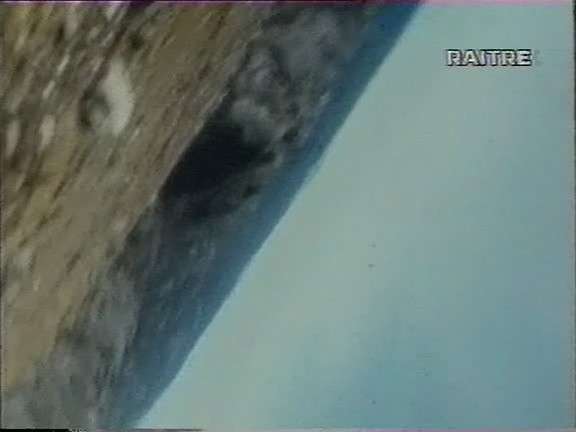
Download this at KaraGarga.
at 3:41 PM
Michael Snow - Back and Forth (1969)
Download this at KaraGarga.
"This neat, finely tuned, hypersensitive film examines the outside and inside of a banal prefab classroom, stares at an asymmetrical space so undistinguished that it's hard to believe the whole movie is confined to it, and has this neck-jerking camera gimmick that hits a wooden stop arm at each end of its swing. Basically it's a perpetual motion film that ingeniously builds a sculptural effect by insisting on time-motion to the point where the camera's swinging arcs and white wall field assume the hardness, the dimensions of a concrete beam. "In such a hard, drilling work, the wooden clap sounds are a terrific invention, and, as much as any single element, create the sculpture. Seeming to thrust the image outward off the screen, these clap effects are timed like a metronome, sometimes occurring with torrential frequency." - Manny Farber, Artforum, 1970


Download this at KaraGarga.
at 3:39 PM